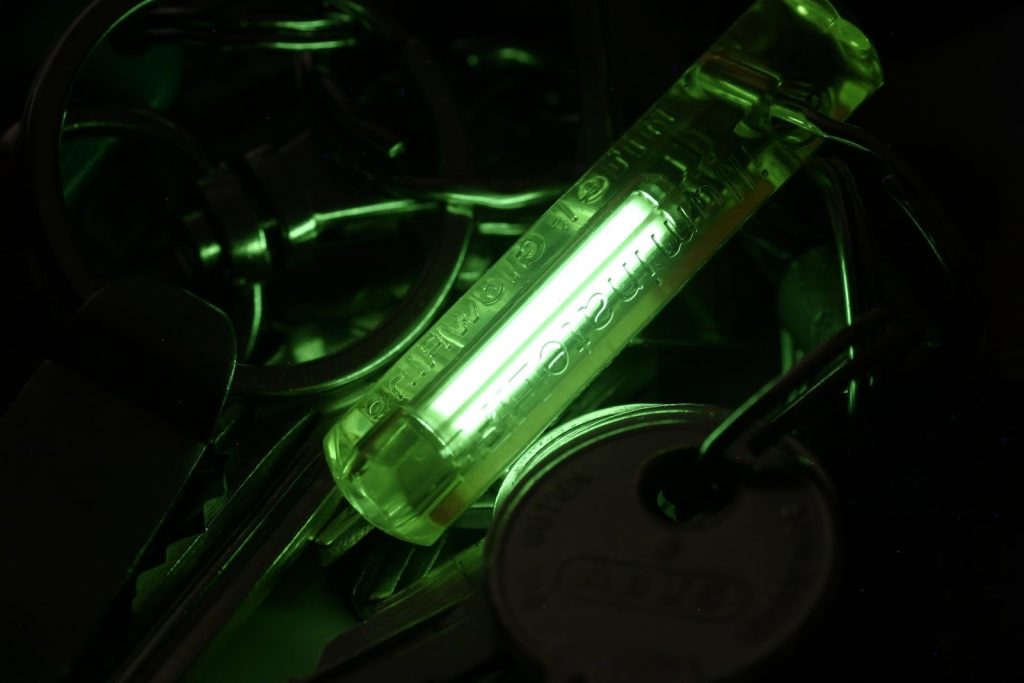Have you ever heard of high vacuum technology? It is a type of hydrogen. But it is not like the hydrogen you learn about in school. Tritium is special because it has extra parts inside its atom. In this article, you will learn what tritium is, how it works, and why it is important. We will keep things easy and clear so everyone can understand.
What Is Tritium?
Tritium is a form of hydrogen. Hydrogen is the lightest and most common element in the universe. It usually has one proton in its nucleus. But tritium has one proton and two neutrons. This makes tritium heavier than normal hydrogen.
In simple words, tritium is a type of hydrogen with extra neutrons. This type is also called hydrogen-3. The number 3 shows the total parts in the nucleus: one proton + two neutrons.
How Is Tritium Made?
Tritium is rare in nature. It is made in small amounts in the upper atmosphere. Cosmic rays hit nitrogen atoms in the air and create tritium. But the amount made this way is very small.
Scientists also make tritium in labs. They use nuclear reactors or particle accelerators. These machines can change atoms to make tritium. This way, we get more tritium for different uses.
What Makes Tritium Special?
Tritium is special because it is radioactive. This means it slowly breaks down and gives off tiny particles. This process is called radioactive decay. Tritium has a half-life of about 12 years. Half-life means the time it takes for half of the tritium to disappear.
When tritium breaks down, it gives off weak radiation. This radiation can be useful but also needs careful handling. Because the radiation is weak, it is safer than other radioactive materials.
Common Uses of Tritium
Tritium has many uses in daily life and science. Here are some simple examples:
- Glow in the dark: Tritium lights up things without needing batteries.
- Science research: Scientists use it to study how atoms work.
- Nuclear fusion: Tritium helps in experiments to make energy like the sun.
Glow In The Dark
Tritium can make light without electricity. It is used in watches, exit signs, and keychains. These items glow in the dark for many years. This happens because tritium’s radiation makes special paint glow. This glow is soft and safe.
Science Research
Scientists use tritium to learn more about materials. They add tritium to chemicals and watch how they move. This helps in medicine and industry. Tritium helps show things that are hard to see.
Nuclear Fusion
Nuclear fusion is the process that powers the sun. It joins small atoms to make bigger ones and releases energy. Tritium is one fuel used in fusion experiments. It may help create clean energy in the future.


Is Tritium Safe?
Because tritium is radioactive, it needs care. But its radiation is weak. Tritium is safe if handled properly. People do not get hurt by tritium in glow-in-the-dark items. The real danger is if someone swallows or breathes tritium gas.
Workers who use tritium wear special clothes and follow rules. This keeps them safe. Tritium in small amounts is not harmful to the environment. It breaks down naturally over time.
Tritium Compared to Other Hydrogen Types
There are three types of hydrogen: protium, deuterium, and tritium. Let’s look at a simple table to see how they differ.
| Type | Protons | Neutrons | Radioactive? | Common Use |
|---|---|---|---|---|
| Protium | 1 | 0 | No | Most hydrogen in water |
| Deuterium | 1 | 1 | No | Heavy water for reactors |
| Tritium | 1 | 2 | Yes | Glow paint and fusion fuel |
How Do We Detect Tritium?
Tritium is hard to see because it is a gas and glows very faintly. Scientists use special tools to detect it. These tools can measure the weak radiation from tritium disposal. Detecting tritium helps in research and safety checks.
Environmental Impact of Tritium
Tritium can enter the environment from nuclear reactors or factories. But it usually spreads out and becomes less harmful. Plants and animals are not greatly affected by small amounts of tritium.
Experts watch tritium levels in water and air. This is to keep people and nature safe. Tritium breaks down naturally over years. It does not stay dangerous for a long time.
Why Learn About Tritium?
Tritium helps us understand science better. It plays a role in energy, technology, and safety. Knowing about tritium can make us more aware of the world. It shows how even small atoms can have big jobs.
If you want to explore more about tritium and science, check out smolsys.com. The site has simple explanations and interesting facts. It helps people learn in easy ways.
Summary
Tritium is a special hydrogen with two neutrons. It is radioactive but weak. People use it for glow lights, science, and fusion. Tritium needs careful handling but is mostly safe. It helps with new energy ideas and research. Learning about tritium shows us the power of atoms.
Remember, tritium is small but important. It glows in the dark and fuels science. It teaches us about nature and technology. Keep exploring and stay curious!
Frequently Asked Questions
What Is Tritium Used For In Everyday Life?
Tritium is used in glow-in-the-dark watches and exit signs for constant illumination.
How Safe Is Tritium For Human Exposure?
Tritium is low-risk as it emits weak radiation that cannot penetrate skin.
Can Tritium Be Found Naturally On Earth?
Tritium is rare naturally but forms in the atmosphere from cosmic rays.
Why Do Watches Use Tritium For Illumination?
Tritium glows without batteries, providing long-lasting, low-light visibility in watches.










